Competitor Dons Uniform to Represent 26th U.S. Cavalry During Inaugural Weekend at Talladega
June 16, 2015
Civilian Marksmanship Program▸The First Shot▸Competitor Dons Uniform to Represent 26th U.S. Cavalry During Inaugural Weekend at TalladegaGary Hurd, 67, currently of Anniston, AL, was one of the many competitors who stopped out to the CMP Talladega Marksmanship Park during its inaugural matches in June. But unlike other competitors, he didn’t just arrive at the range to shoot and observe. He also came to symbolize an often overlooked group that deserves praise for their brave efforts during WWII – and he came in style.
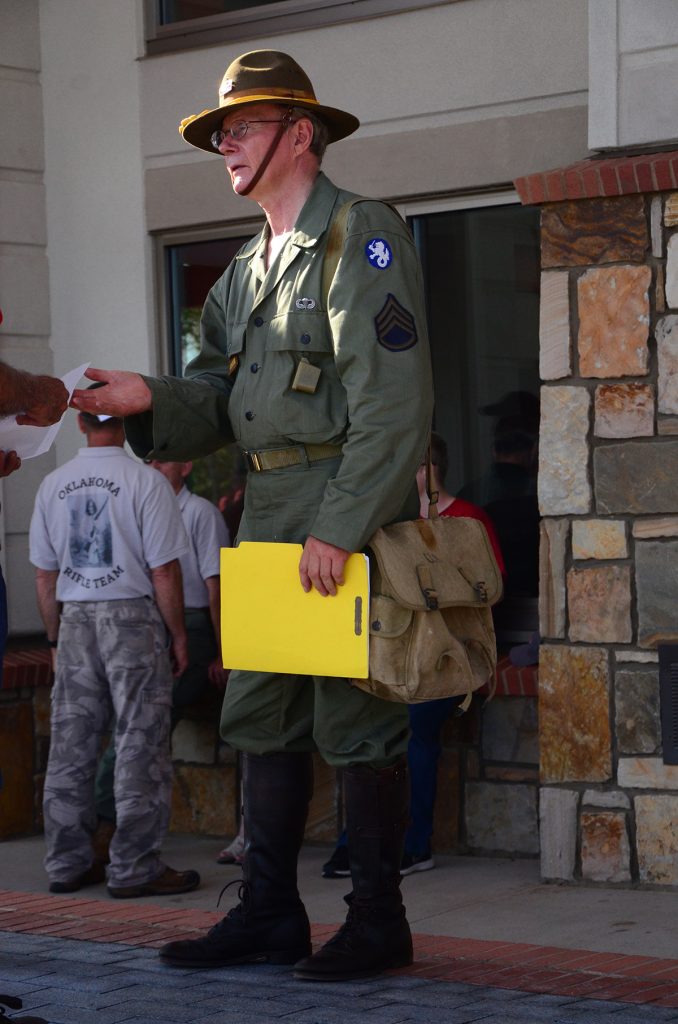
Gary is a member of the 26th U.S. Cavalry Philippine Scouts. There, he serves part-time in the volunteer outfit – something he has done since a trip he took to the Philippines in 2003. At the CMP Talladega Marksmanship Park matches, he spent the weekend in the Cavalry uniform the unit traditionally wears.
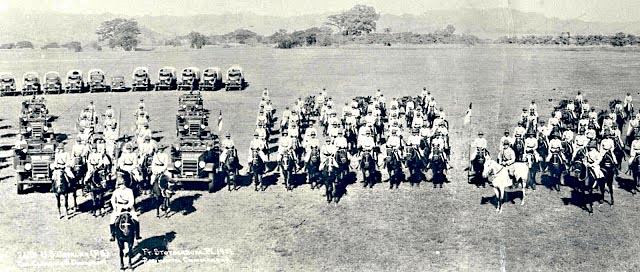
“I’m here representing the Philippine Scouts of the 26th Cavalry. I’m the only one, obviously, who could possibly make it because we don’t have too many men in the states – mostly the Philippines,” he said.
The story of the 26th Cavalry begins in 1899 with the death of revered Colonel Stotsenberg of the Nebraska Volunteer Infantry in the 5th U.S. Cavarly Scouts during the Philippine-American War. After his death, Fort Stotsenberg was built in the Philippine Islands in his honor and became home to the 26th U.S. Cavalry Philippine Scouts in 1913. From 1935-41, the 26th Cavalry grew to nearly 1,000 members who served the fort and assembled a very talented polo team.
It wasn’t until 1942 that the 26th Cavalry truly etched itself into history, when on January 16, Lt. Edwin Ramsay made the decision to fight back against the Japanese invasion of Morang, Bataan. With the Japanese infantry reinforced by mortar rounds and automatic weapons, and far outnumbering the troopers, Lt. Ramsay made the decision to charge – with M1 Garands in hand.
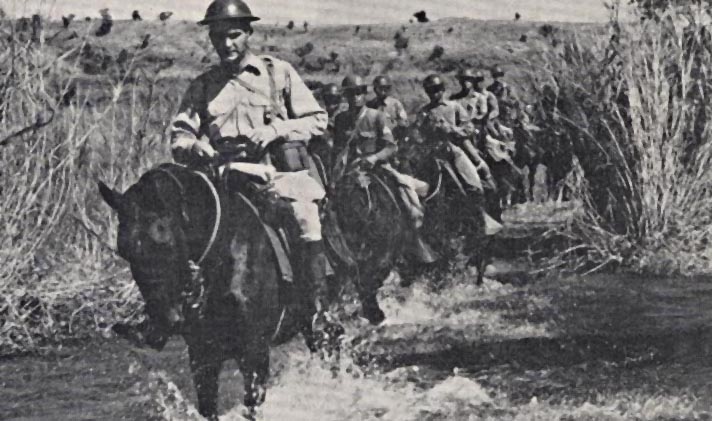
The soldiers in the Japanese troops, trampled by the large horses, dropped their weapons and ran. Lt. Ramsay’s charge with the 26th was the last massed, mounted, combat charge of the U.S. Cavalry until 2001. The charge and following defense in the islands kept the Japanese from advancing to the shores of Alaska and California.
Deactivated in 1946 and reorganized in 1967, the modern-day U.S. Cavalry unit has remained intact. Though a tough process, the group has managed to maintain its existence with diligence and pride.
“We used all of the funds we were able to muster,” Gary explained. “There was not one dollar of tax payer money. We didn’t get any grants from either of the governments to put this together, but we still do protection services on a limited basis for their country. And if we’re ever called here, we’ll do the same.”
The group also performs living history, provides visitor information, public safety and protection and also speaks on anti-terror.
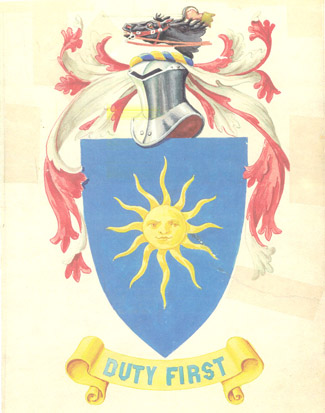
The Cavalry has troops in three countries, with headquarters stationed at Fort Stotsenburg. In the United States, the largest concentrated group of Scouts resides in California, where there are nearly enough to form a full platoon.
“We’re small, but we’re pretty good at what we do,” he said.
Originally from North Texas where he and his wife farm, Gary recently took a job working at the Army Depot in Anniston – hauling guns and other items on the railroad.
With part of his degree in police science, Gary has served as a federal mounted officer, Texas horse mount officer and a part-time Texas Ranger. He still tries to keep up with all of his commitments, but sometimes has difficulty finding the time.
“And, ya know, I am over 60,” he said as he laughed. “From time to time, I’m able to represent the unit and my Texas Ranger company as well.”
His wife, Marie, is a retired U.S. Forest Service research botanist who spent a lot of her career in Idaho. Now, she dabbles in organic gardening – experimenting with mostly winter gardening, such as lettuce, spinach and kale.
“I’m gardening for health,” she said.
Gary and Marie, a Filipina, met at Northern Arizona University, where both were students. After Gary returned from Vietnam, having served in the Army Airborne Elite Services, Army Reserve Ranger during his military career, he spent time in Asia where he met many memorable Filipinos.
“And then I met this great gal,” he added. “She’s helped me a lot over the years.”
Marie is actually a talented equestrian herself – having what Gary sees as a natural ability to handle horses and ride. Also, he says she’s a decent shot with a handgun and a rifle as well.
“Maybe she’ll come out with me next time,” he said with a smile.
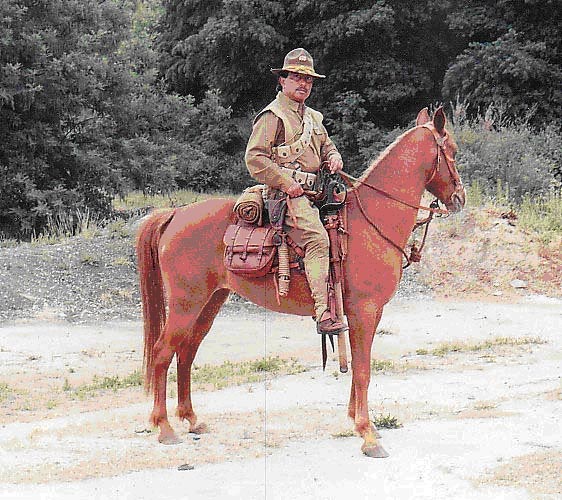
Thanks to the courage of the 26th Cavalry and many other Americans throughout the history of the United States, the country has remained free and has allowed organizations like the Civilian Marksmanship Program to prepare others for the future as well as help remember those of the past.
“This (the CMP) is a very beautiful place, and a place that has meaning – training for our young people and old people and to get the word out about shooting,” Gary said. “It’s educational. This is our opportunity to invite them out and come learn.”
There’s a group of us in the Washington DC area that portray the 26th Cavalry regiment.
Hi William, how can I get in touch with them as I’ve been doing some family research here.
The correct word is “dons” not “dawns”
Thank you for the edit!
In the title “Dawns” should be spelled dons.
Thank you for pointing out our error.